Piston Slap: A Legacy Of Hesitation?

TTAC Commentator NICKNICK writes:
Mr. Mehta, my 1999 Subaru Legacy 2.5 GT often loses power in the first hundred yards of driving. It has never failed to start, and it has never stalled during the period of power loss. It does not matter if the car is started cold, or if it’s been running for an hour on the highway and restarted after a 3 minute stop for gas. When it loses power, it doesn’t lose ALL power—it feels like it has about as much power as it would idling in gear. Flooring the accelerator does nothing…until it does, at which point it wants to break ya neck. This happens about 80% of the time. If I catch it starting to get fussy, I disengage the clutch and wait three seconds. The problem time passes while I coast, and I can be on my way without any more trouble. The other 20% of the time is trouble-free like a normal car. After the first hundred yards it runs great, sounds great, and gets great gas mileage.
I’ve got a data-recording and live-viewing OBDII reader—it has turned up nothing. The TPS seems to work fine, there’s nothing odd from the MAF, and I don’t see anything amiss in the fuel trim.
It needs air, spark, and fuel to run. It seems to get air just fine, as it runs well every other time. It has an old-school throttle body with a cable that runs to the pedal on the floor—no chance of a computer taking over and shutting me down. It never stalls, so I think I’m always getting spark. As for fuel, that’s my big question. If it has idle-level power and then goes nuclear, that sounds like not enough fuel going straight to lots of fuel.
One more thing: If I turn the ignition to ON but don’t start the car, and I wait for 60-90 seconds before starting the car, there’s never a problem–same thing if I actually start the car and wait a minute to drive.
My guess: bad fuel pressure regulator or vacuum line to the fuel pressure regulator. The fuel pump is electric and has time to pressurize the line when I wait for a minute with the ignition on. Fuel filter and PCV valve are new. What do you and the Best and Brightest think?
Sajeev Replies:
Nice job on the diagnosis, you’ve covered many of the branches on the diagnostic tree. Because your Subie is 10-ish years old, there’s a chance it has a significant amount of mileage (100k or more) on the clock. So if your Oxygen Sensors are original, replace them now.
But don’t take my word for it, even if it happened on a previous Piston Slap. And then again on another. Oxygen sensors measure air-fuel ratios several times a second, so if they are just a little off calibration, they’ll cause a bog or hesitation for a brief moment. Like the Civic in that previous Piston Slap, maybe the O2s are just bad enough to not trip an OBD-II code. Maybe.
But O2s are not all of it, nor are they the first issue to address: check for bad vacuum lines and replace them, odds are you have several at this age. Buy or rent a fuel pressure gauge, getting one with a hose long enough that you can drive with the gauge taped to your windshield. If the gauge ever dips below Subaru’s recommend operating range, you know for sure you have a fuel pressure problem. Then you can attack the question of what to replace: regulator, pump or just a filter?
Good luck with your diagnosis, you’ve saved yourself hundreds of dollars with your legwork and intelligent analysis.
(Send your queries to mehta@ttac.com)

More by Sajeev Mehta
Latest Car Reviews
Read moreLatest Product Reviews
Read moreRecent Comments
- Turbo Is Black Magic My wife had one of these back in 06, did a ton of work to it… supercharger, full exhaust, full suspension.. it was a blast to drive even though it was still hilariously slow. Great for drive in nights, open the hatch fold the seats flat and just relax.Also this thing is a great example of how far we have come in crash safety even since just 2005… go look at these old crash tests now and I cringe at what a modern electric tank would do to this thing.
- MaintenanceCosts Whenever the topic of the xB comes up…Me: "The style is fun. The combination of the box shape and the aggressive detailing is very JDM."Wife: "Those are ghetto."Me: "They're smaller than a Corolla outside and have the space of a RAV4 inside."Wife: "Those are ghetto."Me: "They're kind of fun to drive with a stick."Wife: "Those are ghetto."It's one of a few cars (including its fellow box, the Ford Flex) on which we will just never see eye to eye.
- Oberkanone The alternative is a more expensive SUV. Yes, it will be missed.
- Ajla I did like this one.
- Zerofoo No, I won't miss this Chevrolet Malibu. It's a completely forgettable car. Who in their right mind would choose this over a V8 powered charger at the rental counter? Even the V6 charger is a far better drive.



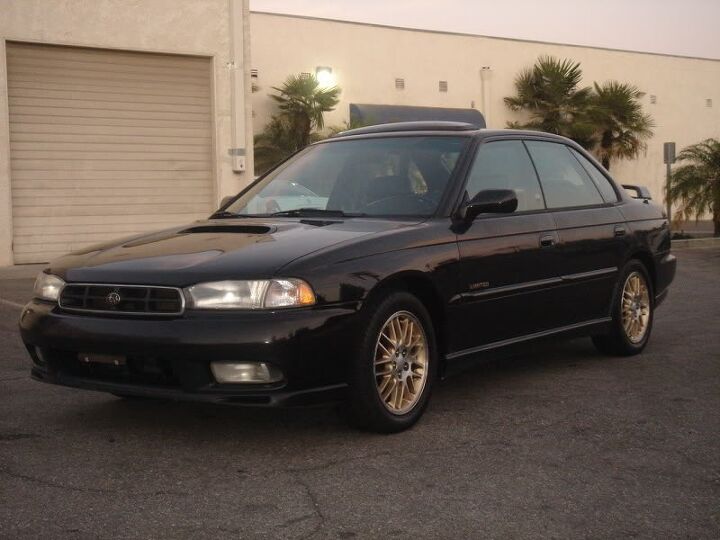
















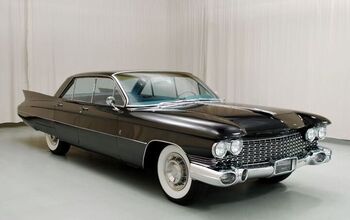

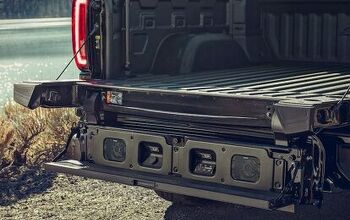
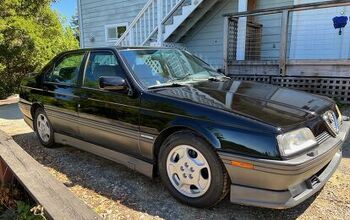


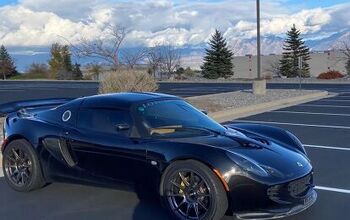

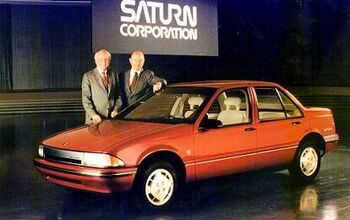
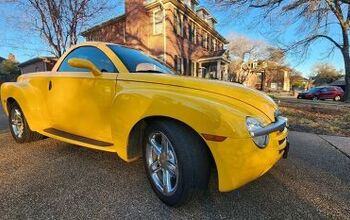




Comments
Join the conversation
After you check all the vacuum hoses for leaks, perform the fuel pressure test. You can get a decent gauge at harbor freight for cheap. If the fuel pressure is good, perform a power balance test. Just unplug injectors one by one, to see which one drops the rpm the least when you disconnect it. This will be your problem injector. If fuel pressure isn't up to par, now you have to isolate the problem. With the fuel pressure gauge attached, disconnect the vacuum hose at the pressure regulator with the car running. The pressure should rise to its maximum, and the car should stumble. If you have a hand operated vacuum pump, attach it to the regulator. As you increase vacuum, the pressure should drop. If it doesn't your problem is the regulator. If it works as it should, it will likely be the pump. The check valve theory makes some sense as well. Replacing the fuel filter at this point might not be a bad idea either. The odds aren't very high that this will fix your issue, but it should probably be replaced anyway, and you have nothing too loose.
@NickNick For our collective knowledge, please let us know what the fix was when this issue is resolved.